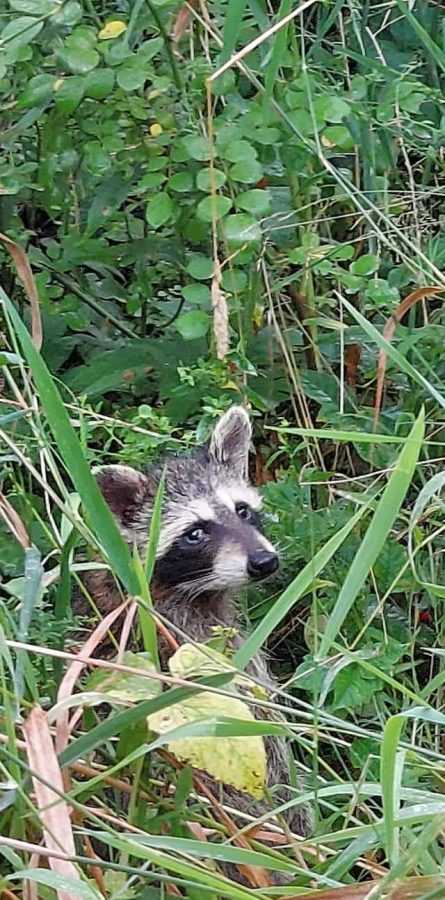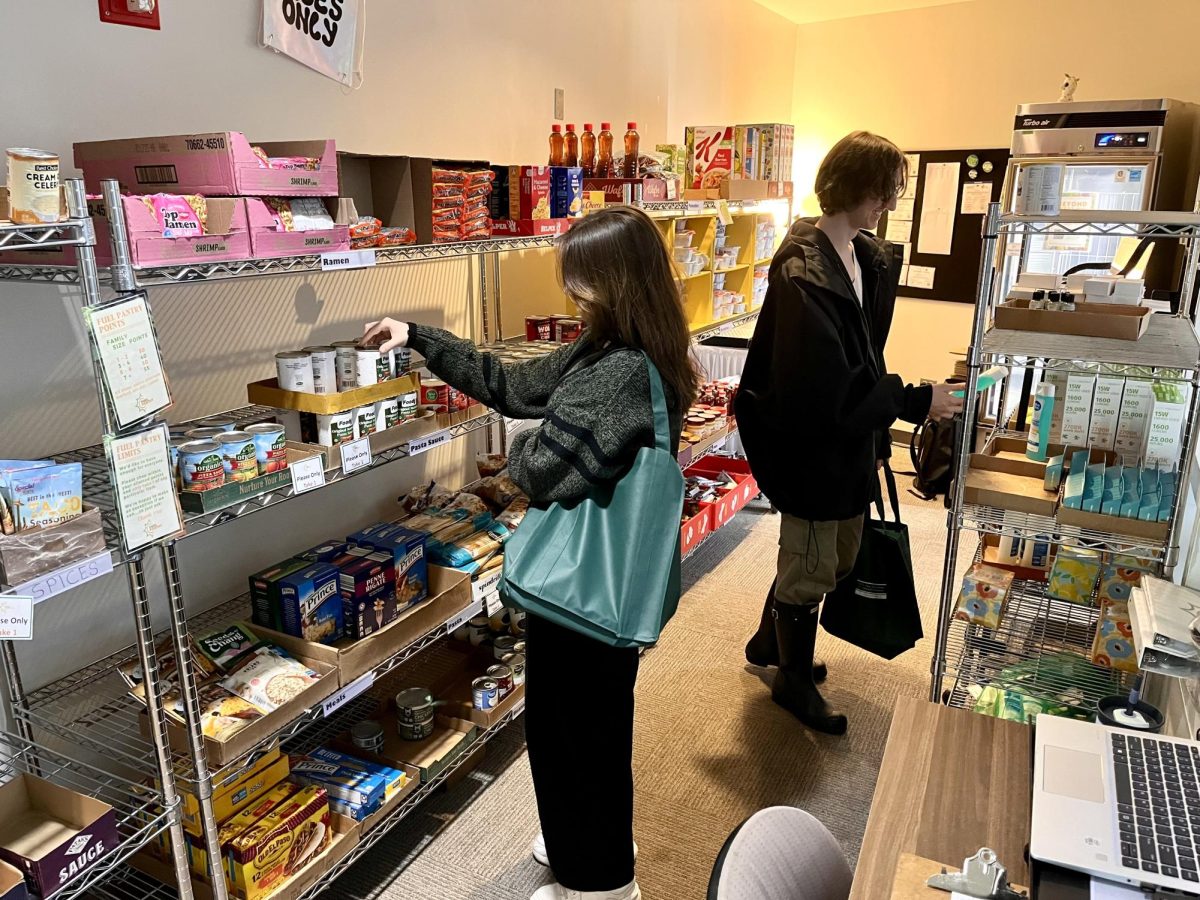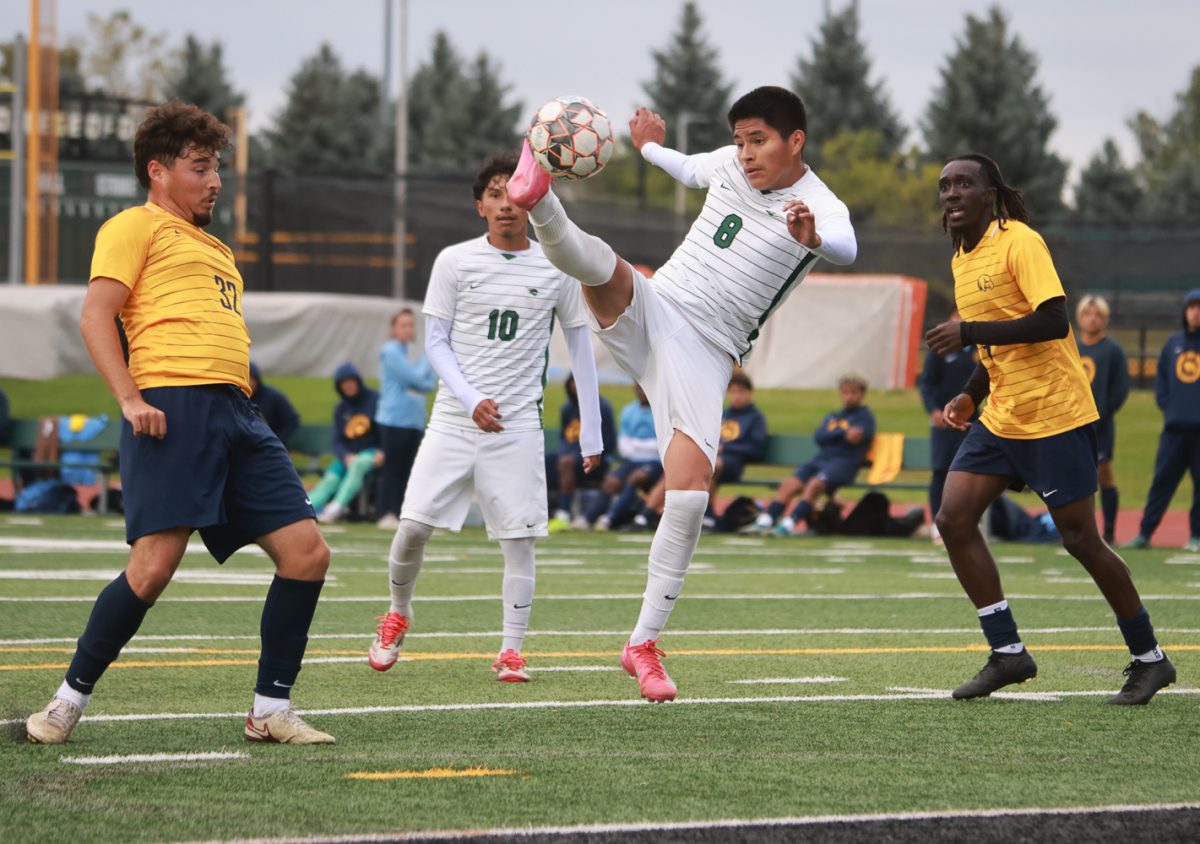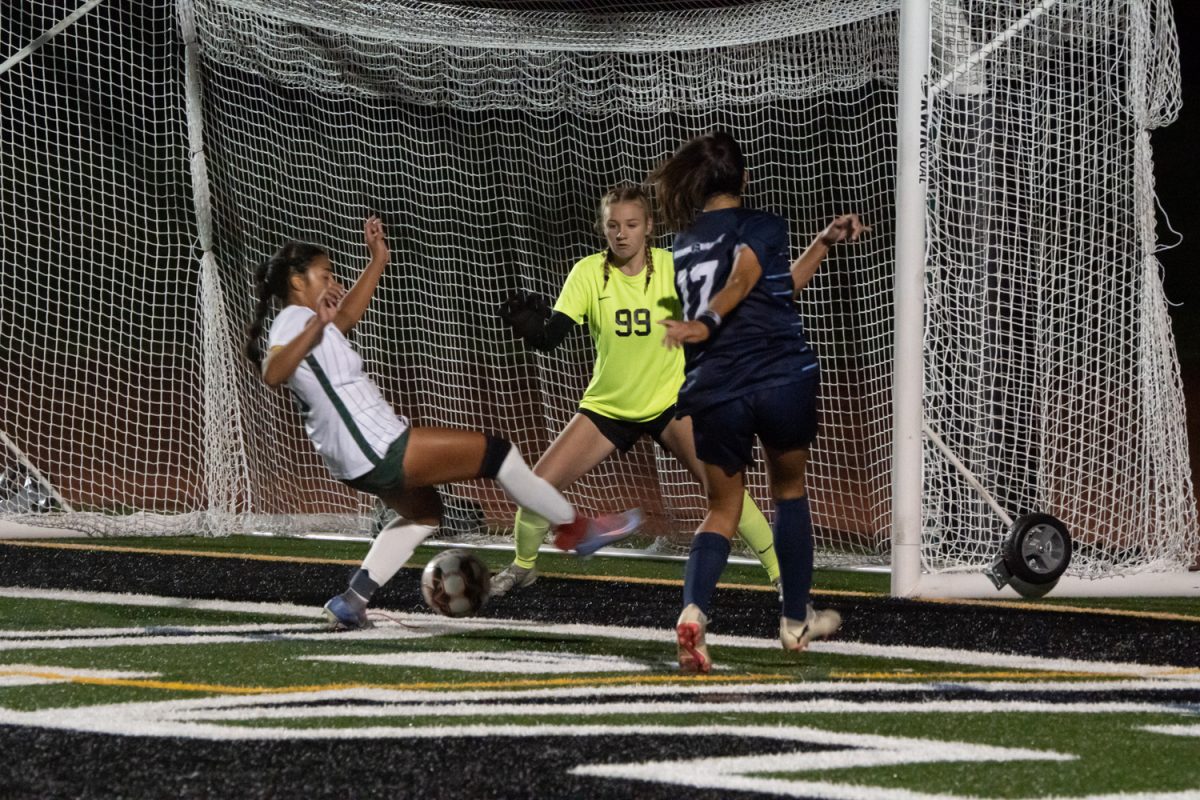Pandemic Leads to Wildlife Rescue Boom
August 9, 2021
Months of isolation and in-home lockdowns forged a new appreciation for the outdoors and nature for many DuPage and Kane County residents in the past year. Volunteers at a St. Charles-based animal rescue say that’s also created a new army of people locating, and helping, injured animals in need.
The Kane Area Rehabilitation and Education for Wildlife saw twice as many animals come through its doors during the pandemic year. Halfway through 2022, the facility is on pace to top last year’s mark. The Kane Area Rehabilitation and Education for Wildlife is a St. Charles-based non-profit community organization. Originally founded in 1994, the organization is led and directed by Vicki Geiss Weiland. She runs this animal rescue and rehabilitation center from her own home. The Kane Area Rehabilitation and Education for wildlife center is also one of the few centers that can take most any animal to rehabilitate whether that animal is wild or domesticated.
The center is well staffed and relies entirely on volunteers. Liz O’Leary is a volunteer and the spokesperson for the organization. O’Leary worked at the McBride Wildlife Preserve in Iowa and as a zookeeper and a vet tech before coming to St. Charles.
“We have a lot of vet techs working here and people from the corporate world and medical professionals,” O’Leary said. “We also have regular people, like stay-at-home moms and stay-at-home dads. We train anyone on how to handle the animals.”
Many of the people who volunteer for the rescue felt a calling to help the animals, which is why Weiland started the organization. Saving orphaned or injured animals can be rewarding when they are capable of being released back into the wild.
Last year they got over 600 animals from birds of prey to deer to marsupials like possums. This number is twice the amount of animals they got back in 2019. This year they have gotten over 300 and are expecting it to reach higher numbers before the year is out. The reason why the number is so high is because of the COVID-19 pandemic more people are outside. More people are hiking and exploring nature trails and this leads people to find more animals then they usually would.
Depending on the state of the animals when they arrive they can usually save them and release them back into the wild. The rescue also communicates with other rehabilitation centers like them to best help the animals. If one center can’t take any more animals, or doesn’t have the means to help them, then they are transferred to a place that does.
A personal calling isn’t the only reason why people volunteer at the center. Working with animals can also be very therapeutic.
“Animals bring a lot of joy to people. You really feel like you are giving back to the community and the environment,”said O’Leary. She goes on to say that it is still hard work because working with wild animals isn’t easy. For example when working with birds of prey like hawks or owls one has to be very careful. Their talons are very sharp, and cuts from them often cause an infection. Not only does the organization rescue and help wildlife, but they also do their best to teach people about the animals as well.
“Our No. 1 value is education. So we do outreach programs,” said O’Leary. “Prior to COVID, we could go into a school and bring several owls or hawks and talk to children about wildlife and why it is important to help wildlife and to help animals as a whole.” They found that when you bring animals close to people they begin to have a more personal connection with them and want to help preserve them and their environment.
The Kane Area Rehabilitation and Education for Wildlife organization has helped hundreds of animals since its founding. They still do outreach programs and want to help educate people about the animals that we all see everyday.
If you are interested in learning more or volunteering you can go to https://www.facebook.com/KAREforWildlife/
This story was written and reported by Courier newspaper staff and originally appeared in the Daily Herald.




















